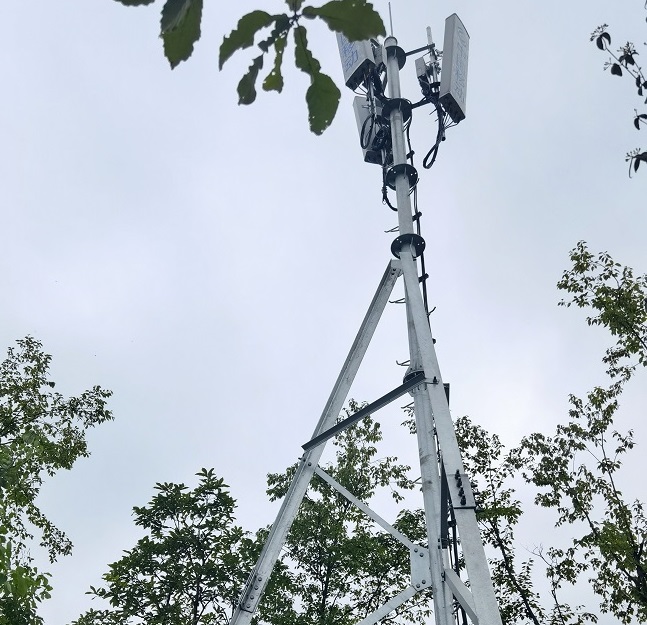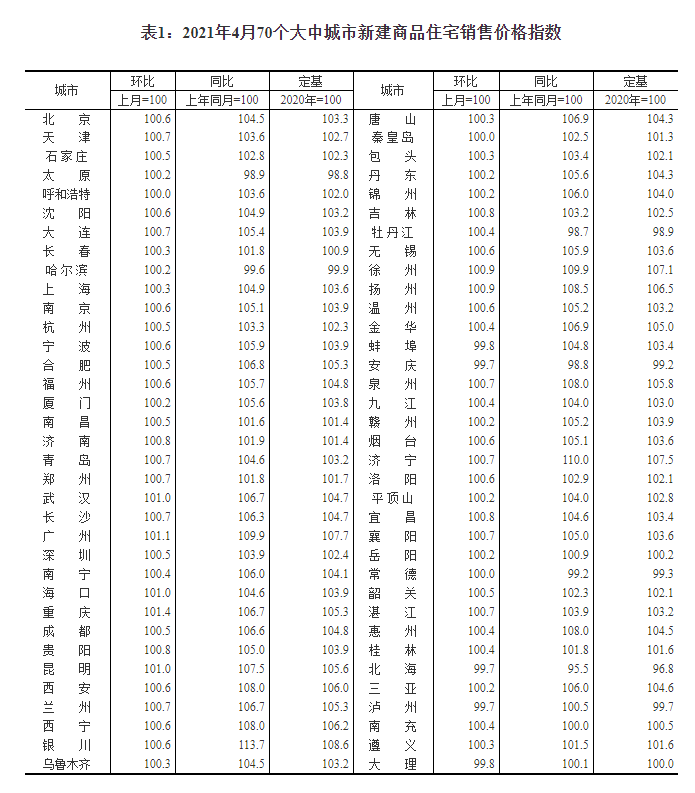 (资料图片)
(资料图片)
Image :China Visual
BEIJING, August 23 (TMTPOST) -- Ren Zhengfei, the founder and CEO of Huawei, said in an internal article that Huawei should change its business direction from the pursuit of large scale to the pursuit of profits and cash flows to ensure that it can survive the crisis in the next three years against the backdrop of global economic recession and a decline in consumption.
On Tuesday, Huawei released an article about "the entire company"s business policy to shift from the pursuit of scale to the pursuit of profits and cash flows" in its internal bulletin board system. The article says that the top priority of the company from 2023 to 2025 is to survive and survive with quality.
The article also says that in Huawei"s 2023 budget, Huawei will maintain a reasonable pace for business expansion. Huawei is going to shrink or close the business that can not generate value and profits in the next few years while focusing on valuable customers and markets.
Huawei"s internal arrangements for staff positions, performance appraisal, corporate finance, inventories should also be arranged appropriately, including continuing to optimize the personnel, establishing a reverse assessment mechanism of the organization and improving cash flows and profits, according to the article.
Huawei research and development department should be responsible for the quality and performance of products. In addition, Huawei stressed the company can still invest at any cost in strategic opportunities without wasting money.
In the first half of 2022, Huawei achieved sales revenue of 301.6 billion yuan ($44.6 billion), a year-on-year decline of 5.87%. The net profit margin was 5.0% while the net profit was 15.08 billion yuan ($2.23 billion), a year-on-year decline of 51.97%. Revenue from the carrier business was RMB 142.7 billion ($21.1billion), up 4.2 percent year-on-year, and revenue from the enterprise business was RMB 54.7 billion ($8.09 billion), up 27.5 percent year-on-year, and revenue from the terminal business was RMB 101.3 billion ($14.98 billion), down 25.4 percent year-on-year.






